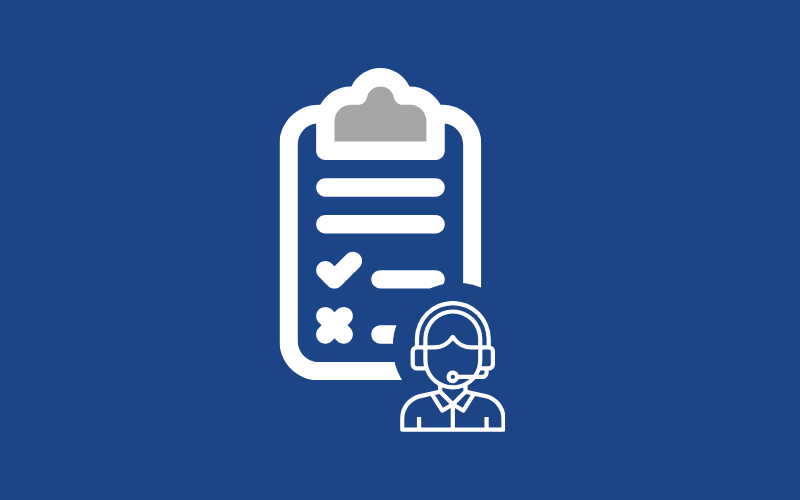In today’s fast-paced digital age, understanding and enhancing the customer experience is paramount for any business striving to thrive. Customer Experience Surveys play a pivotal role in achieving this goal, helping companies gain valuable insights, identify areas for improvement, and foster stronger customer relationships. In this article, we delve into the various types of Customer Experience Surveys and how they can empower your business to reach new heights.
The Significance of Customer Experience Surveys
Before we explore the different types of Customer Experience Surveys, let’s first establish why they are so crucial for your business. The quality of the customer experience directly impacts customer satisfaction, loyalty, and ultimately, your bottom line. Surveys act as a powerful tool to:
1. Measure Customer Satisfaction
Customer satisfaction is the cornerstone of a successful business. By conducting surveys, you can gauge how satisfied your customers are with your products, services, and overall experience.
2. Identify Pain Points
Uncovering pain points in your customer journey is vital for improvement. Surveys allow you to pinpoint areas that need attention, leading to enhanced products and services.
3. Enhance Customer Loyalty
Loyal customers are the lifeblood of any enterprise. Understanding their needs and preferences through surveys helps foster strong, long-term relationships.
4. Make Data-Driven Decisions
In today’s data-driven world, businesses that harness insights from Customer Experience Surveys gain a competitive edge. These insights enable you to make informed decisions that drive growth.
Exploring the Types of Customer Experience Surveys
Now, let’s delve into the various types of surveys you can utilize to unlock the full potential of your customer experience strategy:
1. Net Promoter Score (NPS) Surveys
NPS surveys are a quick and efficient way to measure customer loyalty. Customers are asked to rate, on a scale of 0 to 10, how likely they are to recommend your business to others. This type of survey categorizes respondents into Promoters, Passives, and Detractors, helping you gauge overall customer satisfaction.
2. Customer Satisfaction (CSAT) Surveys
CSAT surveys focus on specific interactions or touchpoints with your brand. Customers rate their satisfaction with a recent experience, product, or service. This provides a snapshot of the immediate customer sentiment.
3. Customer Effort Score (CES) Surveys
CES surveys aim to gauge how easy or difficult it is for customers to achieve their goals when interacting with your business. The easier the process, the higher the score, indicating a positive experience.
4. Post-Interaction Surveys
These surveys are sent after a specific customer interaction, such as a support call or product purchase. They allow you to collect real-time feedback, ensuring that your team can address concerns promptly.
5. Longitudinal Surveys
Longitudinal surveys are conducted over an extended period, providing insights into how customer sentiment and satisfaction evolve over time. This type is valuable for tracking the impact of changes and improvements.
6. Transactional Surveys
Transactional surveys are sent immediately after a customer transaction, whether it’s an online purchase or a service call. They focus on the immediate experience and are excellent for pinpointing issues in real-time.
7. Social Media Listening
Monitoring social media platforms and online reviews is a valuable form of passive customer experience measurement. By staying attuned to what customers are saying, you can proactively address concerns and maintain a positive brand image.
Utilizing Customer Experience Surveys Effectively
To make the most of Customer Experience Surveys, here are some best practices to keep in mind:
- Keep Surveys Short and Precise: Long and convoluted surveys may deter participation. Keep questions concise and to the point.
- Timing is Key: Send surveys at the right moment, such as immediately after a purchase or support interaction, to capture the most accurate feedback.
- Act on Feedback: Don’t let survey responses collect dust. Act on the feedback you receive to make tangible improvements in your business operations.
- Constantly Evolve: Customer preferences and expectations change over time. Regularly update your survey methods and questions to stay relevant.
In conclusion, Customer Experience Surveys are an indispensable tool for any business looking to enhance customer satisfaction and drive growth. By choosing the right type of survey and implementing best practices, you can unlock the full potential of customer feedback, ensuring your business remains competitive and customer-centric in today’s dynamic market.


